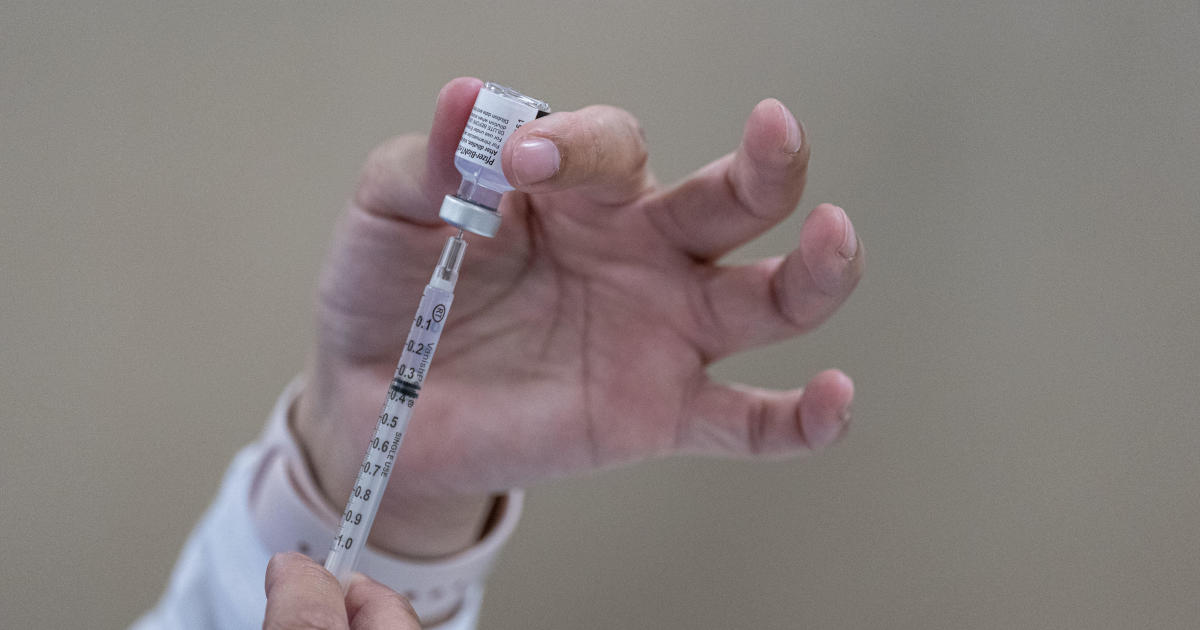
Jerusalem – The first dose of Pfizer vaccination is 85% effective against coronavirus infection two to four weeks after inoculation, according to a study published in the medical journal Lancet. The pharmaceutical giant and its German partner BioNTech, meanwhile, have informed the U.S. Food and Drug Administration that their vaccine can be safely stored at standard freezer temperatures, which, if approved by the U.S. FDA, could help facilitate faster distribution by denying the need for frozen storage.
The Israeli survey was conducted on health workers at the country’s largest hospital, which on December 19 launched a mass vaccination campaign considered to be the fastest in the world.
Israeli studies have it found that the Pfizer vaccine was 95% effective a week after a second blow, while the Lancet report focused on more than 9,000 medical staff at Sheba Hospital near Tel Aviv. About 7,000 of them received the first dose and the rest were not inoculated.
Of the group, 170 were diagnosed with COVID-19 after testing performed only on those who had symptoms or who had been in contact with coronavirus carriers. It was found that 52% of them had not been vaccinated. Comparing the two groups, Sheba’s study calculated that the vaccine was 47% effective between one and 14 days after inoculation, going up to 85% after 15 to 28 days.
“What we see is a really high effectiveness already after two weeks, between two and four weeks after the vaccine, already a high effectiveness of the 85% reduction in symptomatic infection,” said Gili Regev-Yochay, co-author of the study. small group of journalists.
He said that while the vaccine is “incredibly effective,” scientists are still studying whether fully vaccinated people can transmit the virus to other people.
“That’s the big, big question. We’re working on it. That’s not in this document and I hope we have good news soon,” Regev-Yochay said.
To date, data from trials on a single major vaccine used worldwide, the Oxford University / AstraZeneca feature developed in the UK, show effectiveness in preventing asymptomatic infection, indicating it could also help slow down transmission.
Pfizer says freezing is not necessary
Pfizer and BioNTech announced on Friday their presentation of research data on storage temperatures at the FDA.
The FDA’s emergency use authorization for the vaccine, issued months ago, stipulates that it be stored at temperatures well below zero (-112ºF to -76ºF), which requires special equipment for transport and storage. in sanitary facilities. According to the companies’ new recommendation, the vaccine could be stored for up to two weeks at standard freezer temperatures of -13 ° F to 5 ° F, “as an alternative or complement to storage in an ultra-low temperature freezer.” .
“We have been continuously conducting stability studies to support commercial-scale vaccine production, with the goal of making the vaccine as accessible as possible to health care providers and individuals across the United States and from around the world, “said Albert Bourla, CEO of Pfizer. Friday’s statement announcing the FDA’s request to change its direction. “We appreciate our continued collaboration with the FDA and CDC as we work to ensure that our vaccine can be shipped and stored in increasingly flexible conditions. If approved, this new storage option would offer pharmacies and Vaccination centers have greater flexibility in the way they manage the supply of vaccines. “
“The data presented can facilitate the treatment of our vaccine in pharmacies and provide vaccination centers with even greater flexibility,” added Ugur Sahin, CEO and co-founder of BioNTech. “We will continue to leverage our experience to develop potential new formulations that can make our vaccine even easier to transport and use.”
The other vaccine approved for use and already widely circulated in the United States, manufactured by Moderna, also currently requires frozen storage and transportation according to FDA guidelines for use. The Oxford / AstraZeneca vaccine only requires refrigeration at standard temperatures, which makes it much easier to move and store, but this prey has not yet been given the green light for use in the United States.